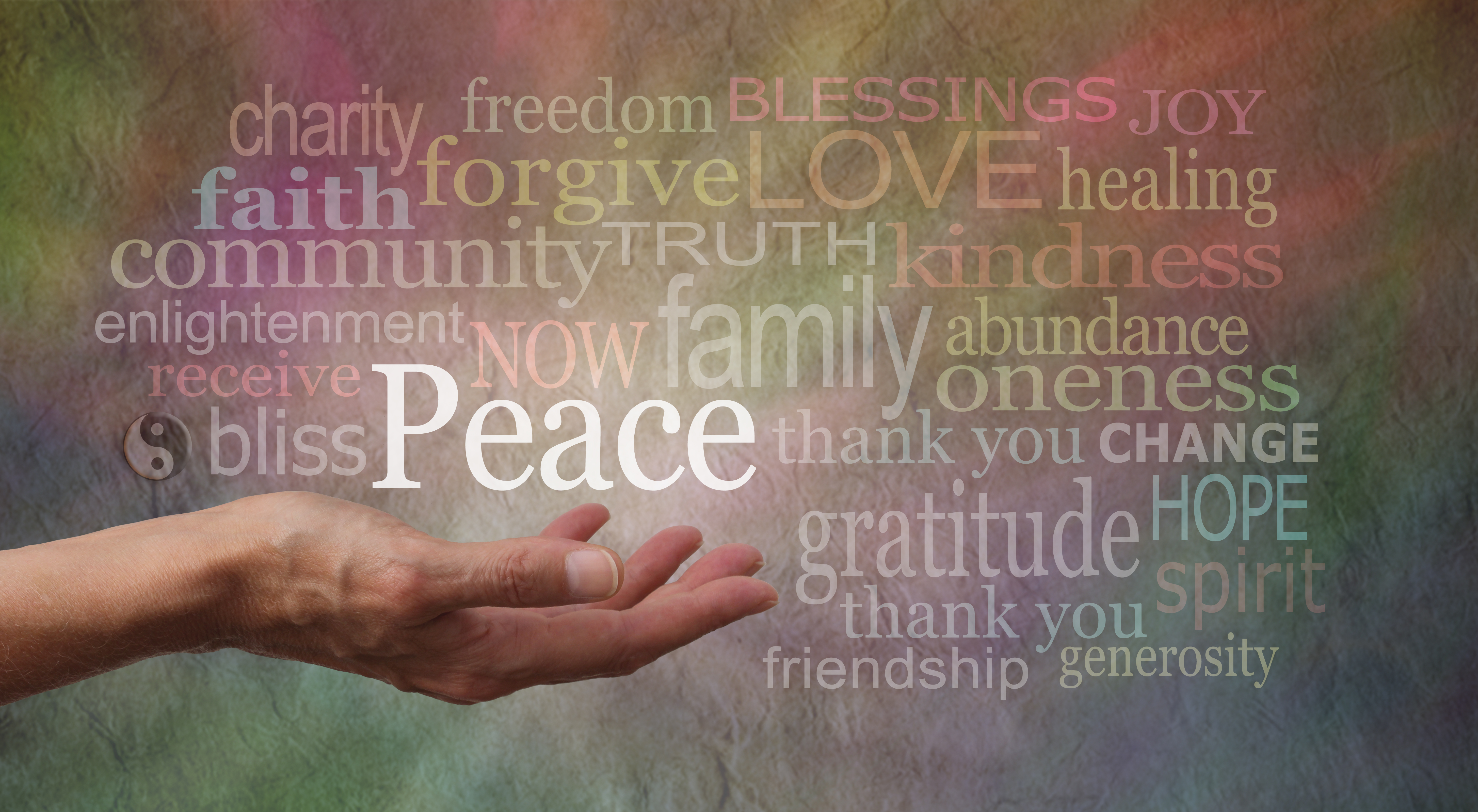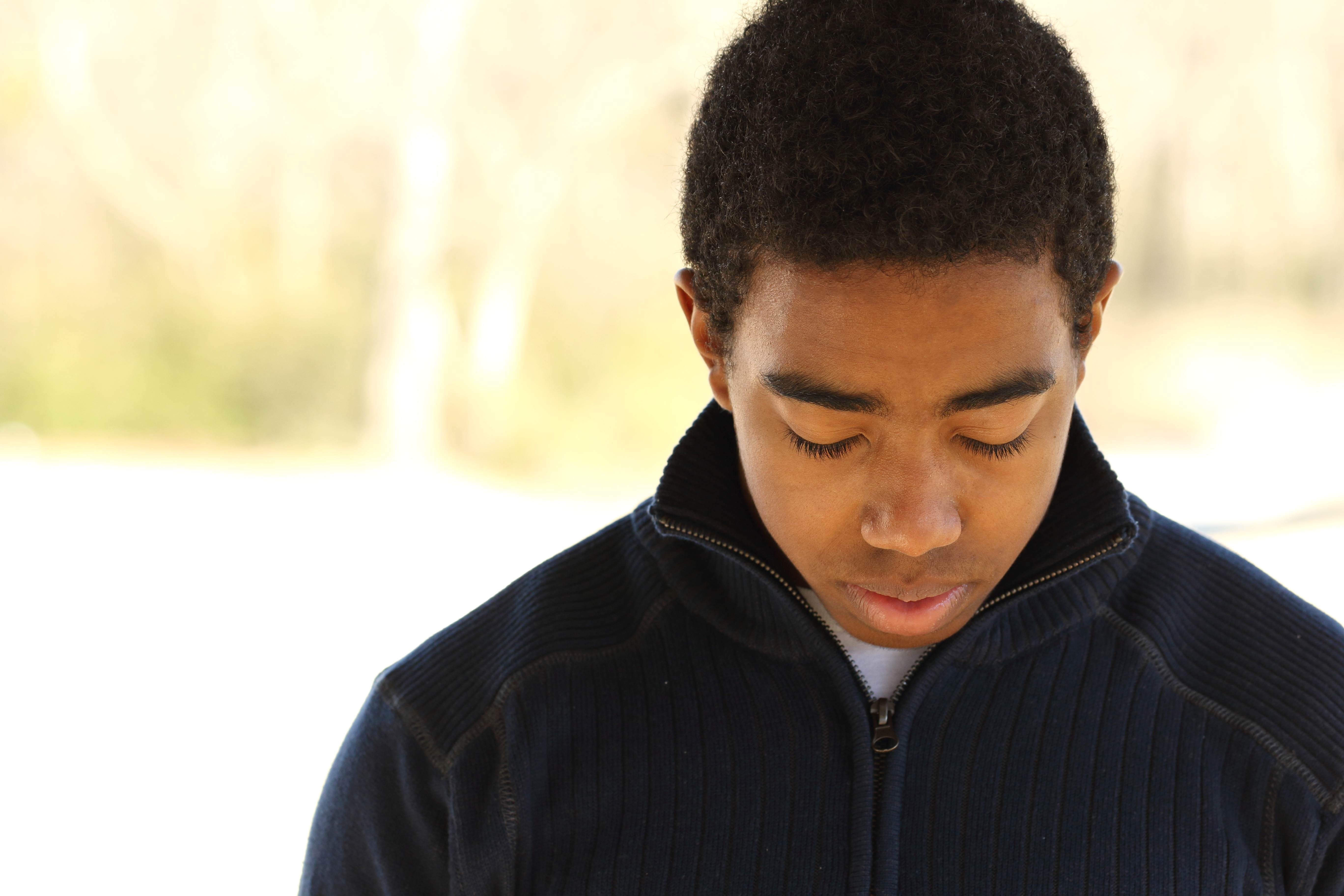Peace: It Starts in the Home
Peace. It’s something many of us wish for, all over the world. For wars to stop, for bombings to end, for refugees to be able to return to their homes in safety.
And for others, peace means something closer to home. A home free of violence - of hitting, of screaming, of verbal abuse, or sexual abuse.
In recognition of this year’s International Day of Peace, we want to talk about peace at home, recognizing the major and long-term affects that an abusive home can have on those growing up in it, and what any one of us can do to help.

Child Abuse
One of the most important points to remember about child abuse is that children rarely lie about or mistake abuse. If a child reveals abuse is happening at home, it is crucial that this is looked into and dealt with immediately, in order to protect the child.
In the majority of abuse cases, the perpetrators are family members or other relatives. Police-reported data of Canadian families from 2014 shows that three in five child and youth victims of family violence were victimized by a parent. Most physical abuse is committed by fathers and mothers, while most sexual abuse is usually committed by other relatives or non-relatives.
This cycle of abuse is also important to point out. Parents who abuse their children have often suffered abuse as children themselves. Oftentimes, they lack support systems and aren’t aware of alternatives such as positive parenting. Communication, problem-solving and behaviour control are also lacking in many cases. It is crucial to understand this generational cycle of abuse, so that we can work to break these cycles and teach parents and children that abuse is not okay, while providing them with necessary supports, counselling, and guidance for the parents.
Forms of Child Abuse
Like domestic abuse, child abuse can appear in many forms: physical, psychological, social, emotional, or sexual. The abuse harms a child in many ways: from affecting their self-esteem, growth or development, to endangering their survival or safety.
Physical Abuse: deliberate use of force against a child, which can result in bodily harm. Examples: shaking, kicking, burning, hitting, choking, biting, poisoning, holding a child under water, or any dangerous use of restraint.
Emotional Abuse: acts that harm a child’s sense of self that may cause cognitive, emotional, or behavioural disorders. Examples: verbal threats, put-downs, forced social isolation, intimidation, terrorizing, or regularly making unreasonable demands of the child.
Sexual Abuse: this could be anything from sexual harassment to sexual activity. Examples: touching of genitals, exposing of adult genitals, sexual exploitation, sexual harassment, attempted or completed sexual relations.
Neglect: when the child’s basic needs are not met, such as inadequate food, clothing, shelter, medical care, cleanliness, and protection from harm.
Signs of Child Abuse
Like the effects themselves, the signs of child abuse or family violence can show up in a myriad of ways. Below are some of the most common signs. Pay special attention if they appear in clusters or represent a change in usual behaviour.
- Self-blame, feelings of guilt or shame
- Extreme or repetitive nightmares
- Social withdrawal
- Separation anxiety or clinging
- Fear of strangers, or fear of others of same gender
- Anxiety, phobias
- Intrusive thoughts
- Truancy, running away, fighting with peers
- Criminal offending, early use of drugs and alcohol, substance abuse
- Developmental delays
- Physical symptoms such as headaches, stomach aches, bed wetting,
- Eating disorders
- Self-mutilation or burning
- Thoughts of suicide
- Difficulty trusting others, relationship problems
- High levels of anger or aggression, violence toward others
- Physical marks such as frequent bruising, covering up bruising, hair loss, burn marks
How does abuse affect a child?
Along with the numerous immediate effects, ranging from fear, to physical pain, to emotional turmoil, domestic abuse has long-lasting, lifetime effects on children. Whether they have experienced abuse themselves, or witnessed it firsthand, the consequences are profound and life-altering.
Research shows that even when children are not the direct targets of family violence, the harm is still severe. In addition to the risk of physical harm and the emotional distress of the immediate suffering, children may also experience short or long-term emotional, behavioural and development problems, including post-traumatic stress disorder. Depression, anxiety, developmental delays, inappropriate sexual behaviour, and even violence toward others can all be the result of having experienced or witness family violence.
Perhaps surprisingly, research has also shown that exposure to violence in the home can be as harmful as experiencing it directly, and these children often suffer the same consequences as those who are directly abused.
We know that the damage caused by family violence can last a lifetime. We also often see the cycle continue as these children grow. For instance, an abused child is more likely to end up in violent or abusive relationships as an adult, and the destructive cycle of family violence continues.

How to help
Family abuse is serious and must be taken seriously, under all circumstances. The first step is learning the signs of domestic violence - both for women as well as children. Another crucial step is believing the child. If a child confides in you that abuse is happening in his or her home, or you have reasonable suspicion, you have a duty to report this, no matter what. Remember: it’s the law. If a child tells you about abuse, you can:
- Listen without judgement, remaining calm and open
- Assure the child you will support them
- Ensure they know that it is not their fault
- Either during or immediately after the talk, write down exactly what the child has told you
- Contact your local child and family service agency and/or the police.
Afterward, you can help make sure they have necessary support and counselling by helping to find appropriate counselling and support systems, ensuring they are in a safe home, and providing a safe and fun environment where they can have positive experiences.
A peaceful home is a right...
When we talk about a peaceful home, we need to realize and understand that this is a fundamental right that every child should have, and it is up to all of us to ensure we protect this right.
Sometimes, peace means the end of a major war, or a prolonged civil conflict. And other times, the peace means helping a family and children overcome a violent home.
The good news is: when we all work together, we can all help prevent family violence and better the lives of children, eliminating abuse and creating calm and peace in the home.
Resources:
https://www150.statcan.gc.ca/n1/pub/85-002-x/2016001/article/14303-eng.htm?fpv=2693
